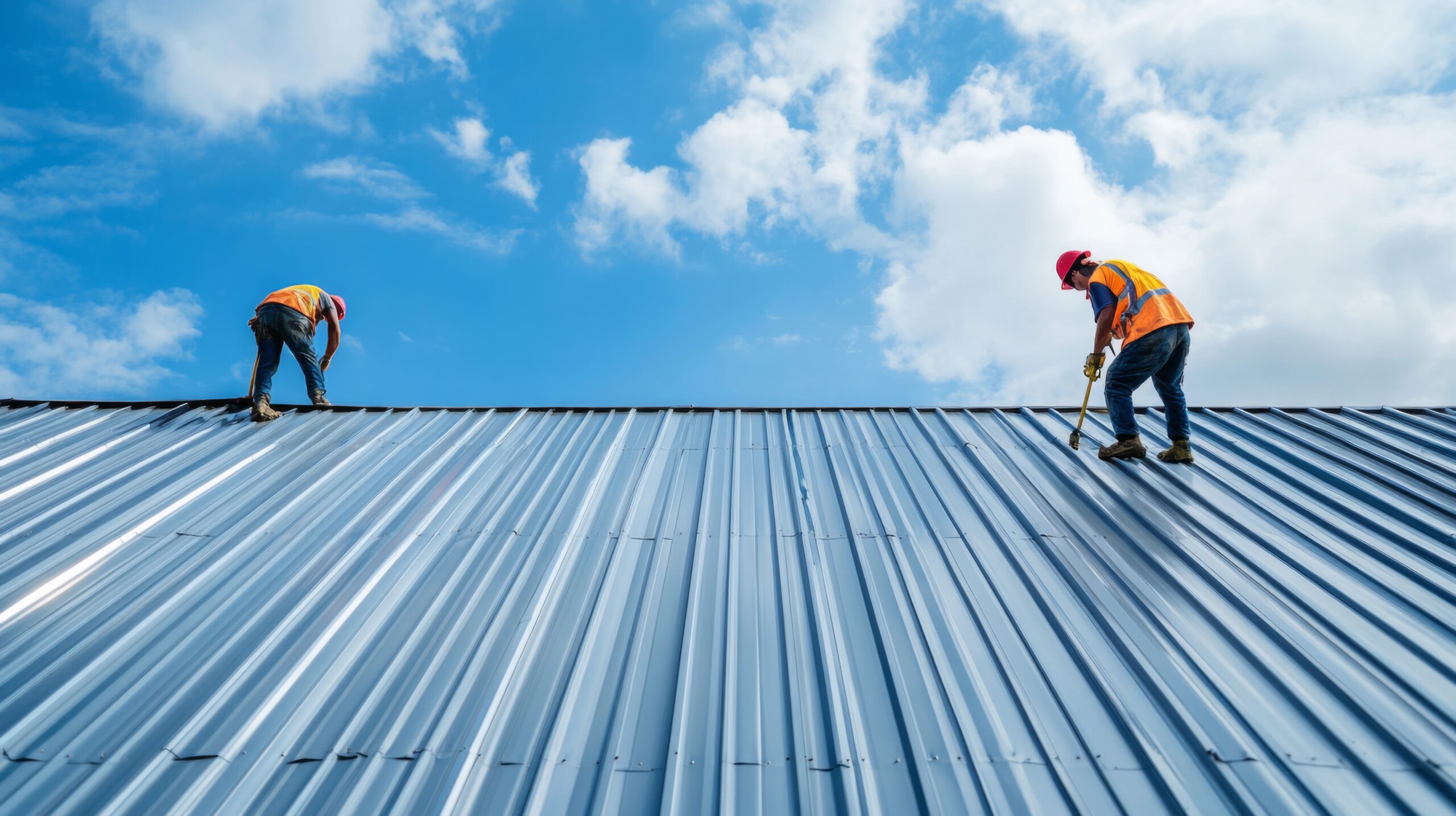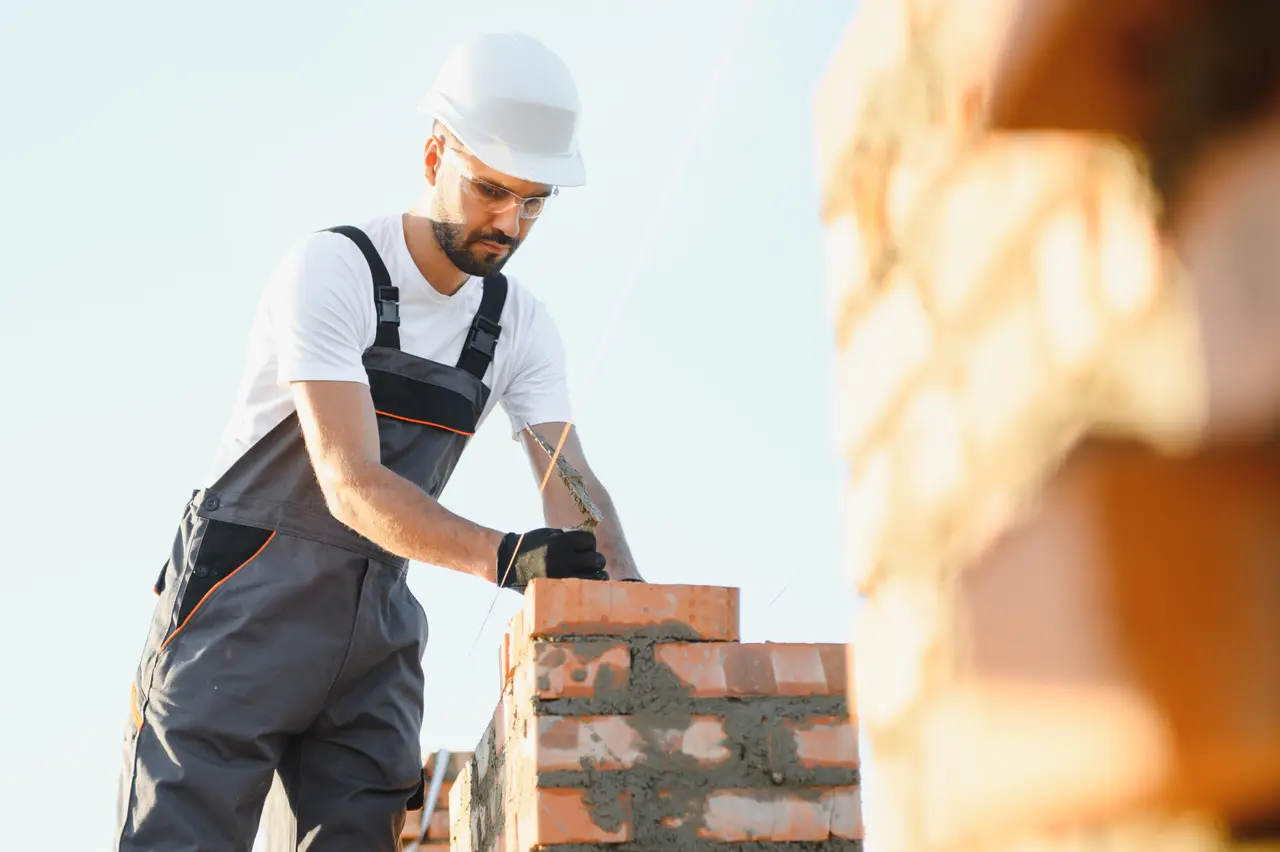As with any building materials, extreme temperatures can affect your roof. Intense heat and freezing cold can cause your roof to age more quickly and cause specific damage. With the seasons becoming more severe each passing year, highs and lows continue to reach new records. Here in the peak of summer, homeowners need to understand roof heat damage and how to plan for roof maintenance in the face of these record-high temperatures.
How does heat affect your roof? Let’s talk about the impact of heat on roofs based on materials and features.
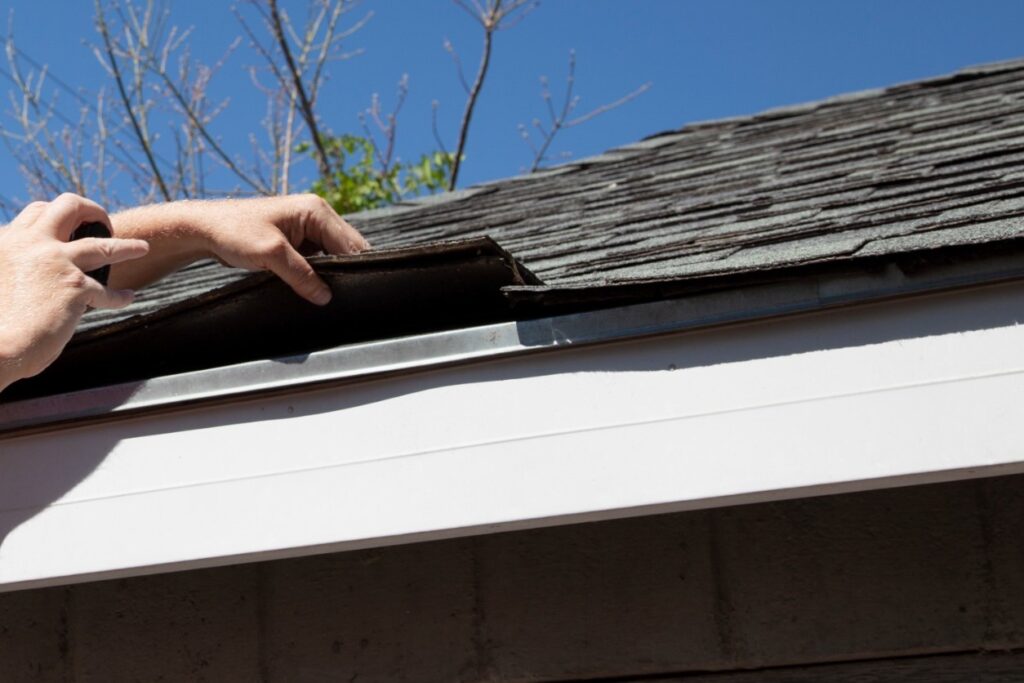
How Heat Affects Different Roofing Materials
Not all roofs are built the same way. Most roofs use composite asphalt shingles, but many are also built with wood shake shingles or tiles. Some are even flat-topped or metal. Heat affects roofing materials differently, resulting in varying reactions to high temperatures over time.
Here is an overview of roof heat damage depending on the materials used on your roof:
Asphalt Shingles
Intense heat both melts and dries out asphalt shingles, and that wear can worsen over time. During extremely hot summers, asphalt shingles will soften, crack, or curl. They will also experience shorter overall lifespans, becoming spongey and losing integrity faster.
Metal Roofing
Metal roofing expands when the temperature increases, and contracts in the cold. If this cycle repeats with extreme temperature changes over time, your metal roof may warp and come loose from its fasteners.
Tile Roofing
Tile roofing is the most durable to heat, which is why it is popular in Southern and equatorial climates. However, heat can damage the underlayment below the tile, causing it to degrade quickly over time.
Flat Roofs and Membrane Materials
Flat roofs are built with layers of membrane material like EPDM and TPO. These roll-out and are affixed to the roof. However, roof heat damage on these materials can blister and degrade with prolonged exposure to extremely high summer temperatures.
The Role of UV Radiation in Roof Degradation
One of the greatest challenges your roof faces is exposure to UV radiation, carried by sunlight. Your roof faces all-day UV radiation, one of the most damaging waveforms on the planet. UV radiation from the sun can break down roofing materials, leading to fading, brittleness, and overall deterioration.
Heat and Roof Ventilation
Proper roof ventilation is vitally important in preventing roof heat damage. This way, your roof can let go of heat and prevent heat buildup within and underneath its surface. Heat buildup can damage your roofing materials and harm your home’s energy efficiency by transferring excess heat into the house through the attic and ceiling.
The Impact of Poor Ventilation
Inadequate roof ventilation can lead to heat trapped in the underlayment and the attic. This can raise the temperature inside your attic and roof to levels higher than the outdoor heat. That kind of intense heat can accelerate the aging of your roof and make your attic dangerously hot.
Benefits of Proper Ventilation
On the other hand, proper ventilation below your roof can help to reduce heat buildup. Your roof will be able to “breathe” and let go of the heat that tries to transfer through the shingles and beams. With good ventilation, you can prolong the lifespan of your roof and improve your overall home comfort.
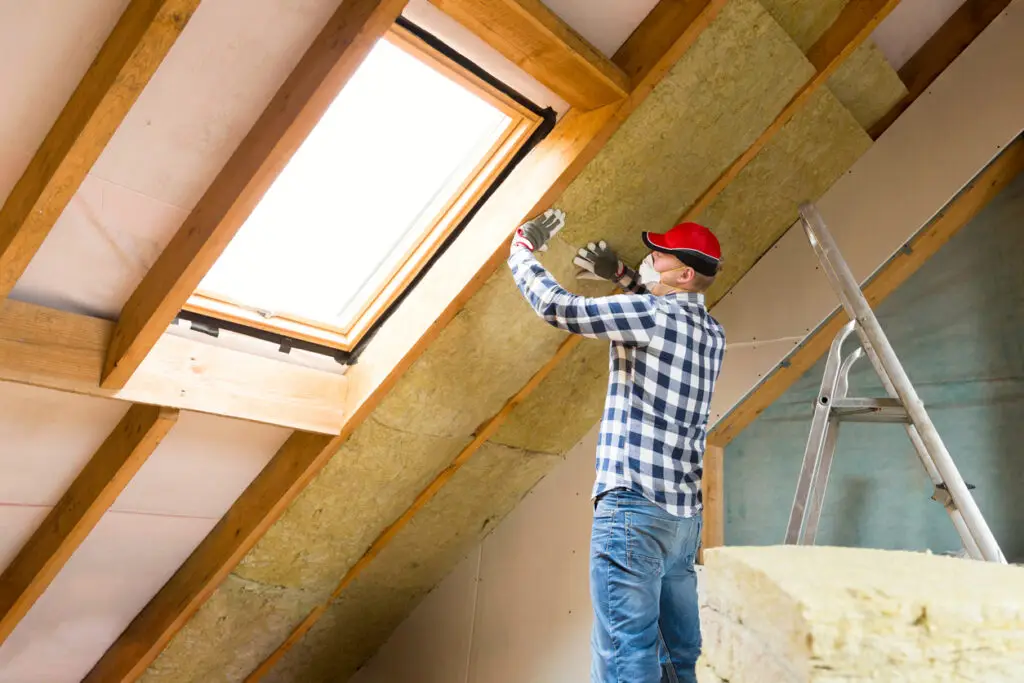
Heat and Roof Insulation
Good roof and attic insulation also make a big difference in preventing roof heat damage. Insulation isn’t just to keep warm, it can also keep unwanted heat out. It can also help to reflect heat and prevent it from passing through certain spaces or materials. However, extremely high temperatures can negatively affect roof insulation and the overall efficiency of your home.
Insulation Degradation
Prolonged exposure to heat can degrade insulation, causing it to disintegrate and lose form over time. This reduces the effectiveness of your insulation, causing higher energy bills and requiring the installation of new insulation.
Energy Efficiency Considerations
High temperatures always make energy efficiency more challenging. High-quality insulation can help keep your home cool during hot weather by preventing roof heat damage and heat from building up in the attic.
Signs of Roof Heat Damage
How do you know if extreme temperatures have already begun to damage your roof? Watch out for common signs of roof heat damage so that you know when to take action.
Cracking and Blistering
Extreme heat can cause shingles to crack and roof membranes to blister. These flaws indicate that your roof needs repairs quickly before cracks can cause a leak in the next rain storm.
Curling Shingles
Curling shingles that have turned their ends upward are a clear sign of heat or wind damage. These shingles compromise the roof’s protective barrier and require replacement. With a metal roof, you may notice flexing or warping instead.
Fading and Discoloration
UV exposure can also fade your shingles and lead to discoloration. Asphalt shingles and other colorful roof materials are the most susceptible to fading. This can indicate a shortened lifespan for your shingles.
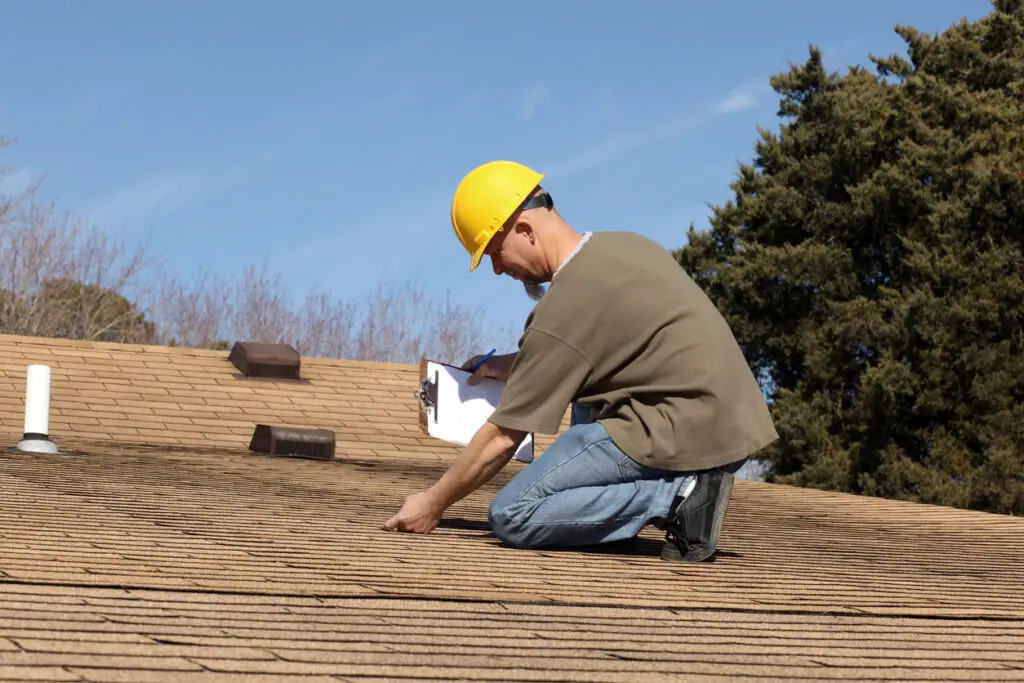
How to Protect Your Roof From Heat Damage
The good news is that you can prevent roof damage during these intensely hot summers and ensure your roof is properly maintained while it protects you from those dangerous UV rays. Good maintenance can minimize heat damage and extend your roof’s lifespan.
Regular Roof Inspections
Roof inspections can help you catch heat-related damage early before it poses a major issue. It’s best to have your roof inspected at least once a year, and schedule additional inspections if the weather has posed a serious risk, such as after major storms and extreme heat waves. If you detect damage, you can complete repairs before your roof loses energy efficiency or develops a leak.
Investing in Heat-Resistant Materials
If you live in a region subject to extreme temperatures, have heat-resistant roofing materials such as heat-durable insulation, reflective insulation, or tile roofing installed that can better withstand high temperatures.
Enhancing Roof Ventilation and Insulation
Ensure proper ventilation and sufficient insulation for your roof. Improving your ventilation system and replacing old insulation with heat-resistant alternatives can minimize the effects of roof heat damage on your overall home.
Protect Your Roof and Home from Heat Damage This Summer
During this record-breaking summer, now is the time to consider the risks and solutions to roof heat damage. Watch for signs of damage, get an inspection, and consider investing in ventilation and heat-resistant materials to improve your roof’s lifespan and insulating performance during summer heat waves.
Roof Rescue is here to help you keep your roof safe from intense heat and other common risks. Schedule a consultation or inspection to ensure your home’s protection from roof heat damage.
Mark Franklin, owner of Roof Rescue in Idaho Falls, Idaho, has been a trusted name in roofing since 2014. Serving Idaho, Montana, Wyoming, and Utah, Roof Rescue specializes in commercial and residential roof replacement and installation. Recognized for community initiatives like the “Operation Roof Rescue” program, which provides free roofs to local heroes, Mark combines professionalism with a passion for giving back. With 16 years of industry experience, an A+ Better Business Bureau rating, and glowing customer reviews, Mark’s leadership embodies quality and community-focused service.

